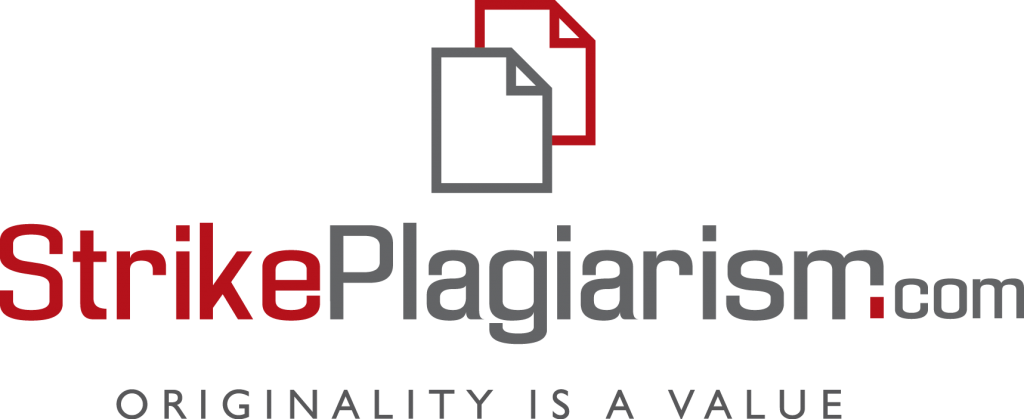PECULIARITIES OF THE FORMATION OF ANIMATION VOCABULARY ON THE BASIS OF ANIMATED CARTOONS MOANA 2 AND INSIDE OUT 2
DOI:
https://doi.org/10.32782/2412-933X/2025-XXIV-11Keywords:
animation, cartoon, layout, Disneyism, DisneyficationAbstract
This research investigates the domain-specific vocabulary used in animation production, with particular emphasis on the etymological origins, semantic transformations, and functional applications of core terms such as animation, cartoon, clean-up, layout, and storyline. The study underscores the substantial linguistic influence exerted by Disney, a company whose creative innovations have significantly shaped both professional nomenclature and wider cultural semantics. The concept of cartoon is explored in its diachronic development – from its origins as a preparatory art sketch to its current identification with a genre of animated productions marked by stylized visual exaggeration and humor. Although related, cartoon and animation are shown to possess nuanced distinctions.Further attention is directed toward technical terminology such as clean-up and layout, which refer to discrete stages in the animation workflow. These terms reflect metaphorical adaptations of everyday language into specialized industry jargon. The study also explores narrative-related lexicon, including storyline, storyman, and story sketch man, each denoting unique creative functions in animation storytelling.Additionally, the research examines the evolving semantic field surrounding the Disney brand, including neologisms like Disneyism and Disneyfication, which signal the corporation’s extensive influence on language and cultural expression. By analyzing the recent Disney and Pixar films “Moana 2” and “Inside Out 2”, the study demonstrates how novel animation vocabulary arises through metaphor, personification, cross-cultural borrowing, and internal studio lexicon.
References
Alan Bryman. The Disneyization of society. London : Sage, 2004. 256 p.
Animation and America. Paul Wells. New Brunswick : Rutgers University Press, 2002. 185 p.
Bendazzi G. Animation: A world history. Volume III: Contemporary times. London : Routledge, 2016. DOI: 10.4324/9781315720746. URL: https://www.researchgate.net/publication/319153294_ Animation_A_world_history_Volume_III_Contemporary_times
Biography.com Editors. Walt Disney. URL: https://www.biography.com/business-leaders/walt-disney.
Collins English Dictionary. 2024. URL: https://www.collinsdictionary.com
Encyclopædia Britannica. URL: https://www.britannica.com
Field S. Screenplay: The foundations of screenwriting. Rev. & updated ed. New York : Delta, 2005.
Furniss M. The animation bible: A guide to everything – from flipbooks to Flash. London : Laurence King Publishing, 2008.
Harper Dictionary of Contemporary Usage / ed. by William Morris, Mary Morris. New York : Harper & Row, 1975. 650 p.
Harper Dictionary. Cartoon, 2024.
Kuhn A., Biltereyst D., Meers P. Memories of cinemagoing and film experience: An introduction. Memory Studies. 2017. Vol. 10, № 1. P. 3–16. DOI: 10.1177/1750698016670783.
Korkis J. The revised vault of Walt. Theme Park Press, 2012. 282 p.
Macmillan Dictionary. 2009. URL: https://www.macmillandictionary.com/dictionary/british/clean- up_1
Merriam-Webster Dictionary. URL: https://www.merriam-webster.com/dictionary/layout
Oxford English Dictionary. URL: https://www.oed.com
Seger L. Making a good script great. 3rd ed. Beverly Hills : Silman-James Press, 2010.
Smith D. Disney A to Z: The updated official encyclopedia. New York : Hyperion, 1998. 633 p.
The Walt Disney Studios. Guide. New York, 1938.
Thompson K., Bordwell D. Film art: An introduction. New York : McGraw-Hill Education, 2012. 544 p.
Urban Dictionary. Disneyism. URL: https://www.urbandictionary.com
Wells P. Understanding animation. London : Psychology Press, 1998. 265 p.
White T. Animation from pencils to pixels. London : Routledge, 2006. 400 p.






